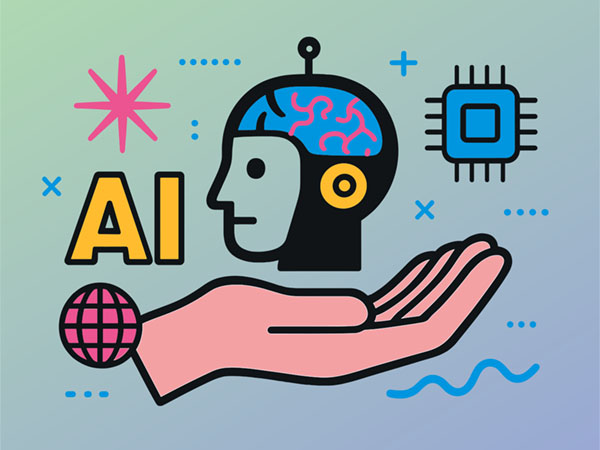
Grade:
Topic:
Unit:


In this lesson mini, students will explore how AI and digital tools shape the media they encounter, from content curation to misinformation. They will develop essential critical thinking skills through hands-on analysis of digital content, learning to evaluate source credibility, recognize algorithmic influence, and apply systematic strategies for assessing online information. Students will engage in collaborative discussions about their findings and reflect on their roles as both media consumers and media creators. The experience culminates with students envisioning how learning and media literacy might evolve in the future, empowering them to become more informed, intentional, and responsible digital citizens.

Minutes
Minutes
Minutes
Minutes
Minutes

Level-up current events into dynamic learning!